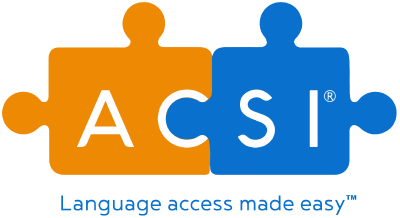Improve Care Through Connectivity.
The COVID-19 Pandemic is providing a strange opportunity for systematic change to professional interpreting services in various medical settings. It has drastically changed how we live all aspects of our lives, and it continues to call into question the efficacy of our health care system. When face-to-face appointments were no longer primary options for patients due to social distancing recommendations and requirements, Video Remote Interpreting (VRI) increased very rapidly, depending on the geographic location. Some hospitals registered increased VRI appointments prior to COVID from 10 to 15 per month, to currently around 100 to 200 per month.
In general, tele-health encompasses a broad range of provider-patient communication through online portals and audio or video enabled tools. One main hinderance with these modes of communication is the internet-issue; use and expansion of these VRI and telehealth services depend on the patients’ familiarity with required technology, internet access, and how we communicate telehealth services to those trying to enroll. According to Peterson-KFF Health System Tracker, in 2019, a higher proportion of Hispanic patients did not have internet access at home, with 24% of Hispanic seniors lacking access, compared to 18% of all seniors.
Connectivity is paramount in providing safe and quality care in the present, as well as the potential for improved care in the future. That being said, the following are some improvements Language Service Provider (LSP) suggests that hospitals, clinics and health care centers attempt to implement:
Services for Limited English Proficient (LEP) patients, and all health care personnel adopt appropriate Remote Interpreting (RI) services.
Training for providers and staff to increase familiarity with available technology and ensure its appropriate use.
The exploration of barriers present when using RI services to ensure they’re addressed and overcome.
Further evaluation of the cost and effectiveness of remote delivery, including comparing modes, such as Over-the-Phone (OPI) vs. VRI, in order to inform best practice and policy.
Use of disposable, external microphones that can clip on a provider’s coat; the interpreter hears everything better because if the interpreter misses something due to noise, interpreting becomes dangerously inaccurate.
Mechanisms and plans for language services in emergency response at different levels.
The focus needs to be on connecting more patients to the options. Hospitals and the other various settings must be more inclined to and capable of opening telehealth services to LEP, Deaf and Hard of Hearing patients with VRI interoperability, that includes American Sign Language (ASL) Interpreters, in order that we achieve desired health safety and equity.

